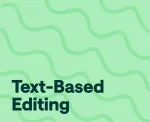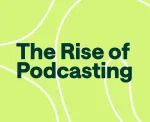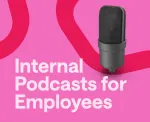
What is Text-Based Editing? Everything You Should Know
Text-based editing is changing how we work with audio. Instead of just using waveforms, we can now edit sound like we edit text. This means cutting, copying, and pasting audio as easily as words in a document.
This new approach is useful for many content creators - podcasters, musicians, and





